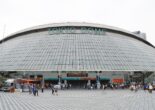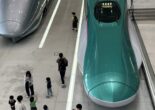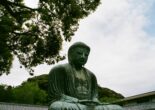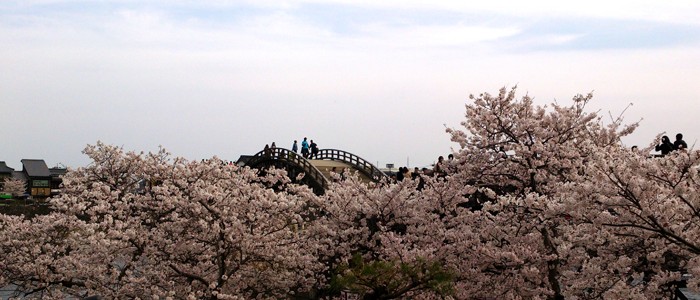
One of the most impressive festivals dedicated to nature, organized every spring is the Cherry Blossom Festival in Japan. The cherry blossom symbolizes the metaphor of the ephemerally of life, from the buds of the flowers that present the birth, the flowering that reveals the youth and the maturity, to their withering representing the old age followed by the passing into the unborn.
The custom of going out for a picnic at this festival has its roots in the early 700’s (Nara period). Initially, it was perceived only by the elite of the Imperial Court but the brave samurai from the Edo period spread it quickly throughout the society.
Over the years I have been enjoying cherry blossom all over Japan. After a freezing February and a rainy March start, you can finally enjoy the spring breeze, warm weather, and long-awaited sakura. Each place is special, I am sure, from sakura along the seaside to wild sakura in the mountains. They are all wonderful. I have been admiring the cherry trees near the old Mt. Fuji, on the shores of Lake Biwa, during camping. In the provincial cities where people are gentle and kind. In Tokyo, where you feel that the crowd is suffocating you but you don’t want to miss it.
However, for me, the most charming landscape remains Kintai Bridge in Iwakuni city.

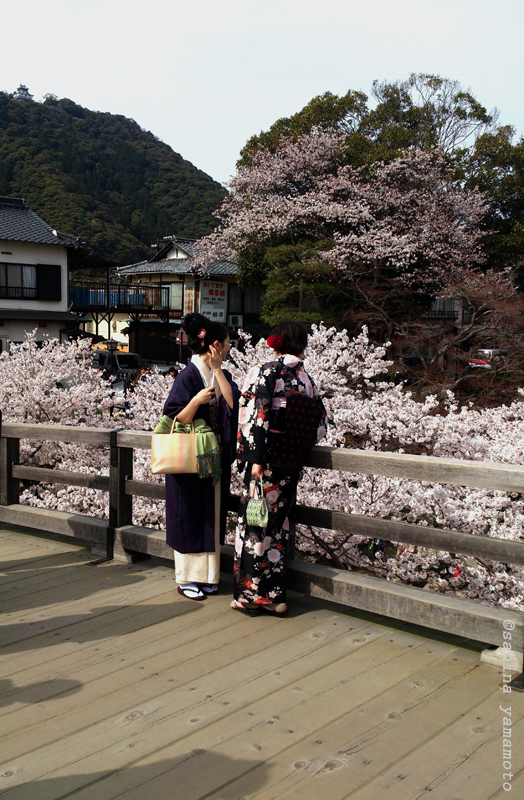
Where is Kintai Bridge
The Kintai Bridge is located in Iwakuni, Yamaguchi prefecture. A 15-minute ride on JR bullet train from Hiroshima Station to Shin-Iwakuni. From here you can take the Kintai Bridge bus, a 15-minute journey through the fascinating countryside landscapes.
The History of Kintai Bridge
Many bridges have been constructed over the Nishiki River which flows through the castle town. However, thanks to the fast-moving current during rainstorms, the bridges were often swept entirely away.
“I want to build a bridge that will never be washed away”, said the third feudal lord, Hiroyoshi Kikkawa, to his people. The only way to realize his dream was to build a bridge without piers or to devise much stronger piers than previous bridges. Hiroyoshi who was interested in the culture of the Chinese Ming dynasty happened to see a picture of the stone bridge in a sightseeing book. He came upon the idea of building bridge piers like islets over the Nishiki River and constructing strong arches between them.
In 1673, after repeated trial constructions and failures, the unique five arches bridge was completed. Looking at the lower structure of the bridge from the riverbed, the elaborate wooden framework where winding wires and clamps are skillfully used can be seen. The bridge was designed to become more solid as the weight upon it increases.
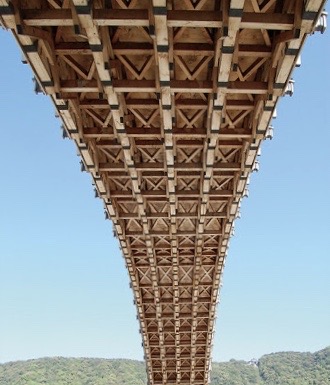

The best (hanami) is yet to come
From the moment I stepped outside the bus in the parking lot designed on the shore of the Nishiki River, and touch the gravel beneath my feet, I knew this won’t be just another hanami experience. It was a cool morning, the air was fresh. I was surrounded by mountains, the green colors were rich and almost dazzling. The scenery was unreal, at the foot of Yokoyama Mountain, I could see the Iwakuni Castle almost hidden up in the woods.
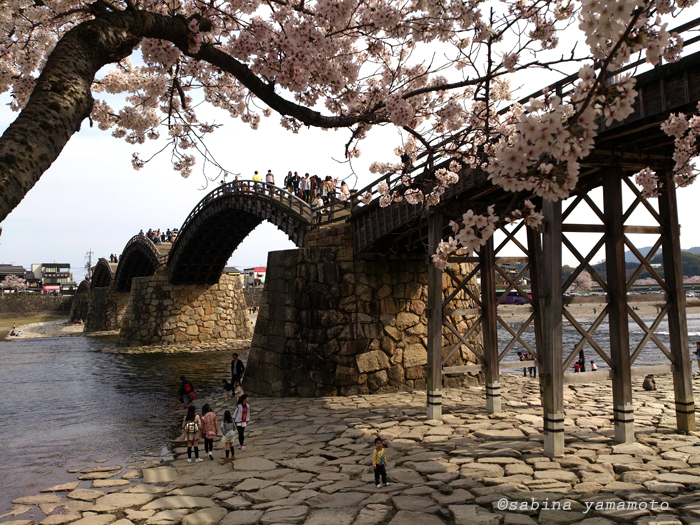
Iwakuni Castle
Iwakuni Castle, with its white donjon, was built in the Momoyama-Nanman style of the late 16th century. The castle is a 5-minute walk from the cable car station at the summit. The panorama from the peak is magnificent. Far beyond, you can see the island in the Seto Inland Sea and the mountain ranges of Shikoku Region. The trip to the summit takes only 3 minutes. Iwakuni castle was selected to be one of the 100 Great Castles of Japan.
Specialities of Iwakuni
It’s a must to try out all the delicious food this place can offer. Iwakuni sushi is popular because of its rich flavor and its huge size. It is also known as the sushi for foreigners and can feed up to 150 people at once. You can find more traditional cuisine at the restaurant “Hirasei”. The location is perfect with a studding view of the bridge. Make sure to make a reservation in order to get good seats. The staff is very friendly and you can also watch how sushi is made.
Another dish that I like is Iwakuni chagayu is tea-flavored rice porridge. The sweet aroma of tea and the distinctive texture remind people of days long past. It’s a simple local food with a long history. Also, I recommend trying ohira, a simmered dish of vegetables, wild plants, and chicken.
Iwakuni is also famous for its renkon (lotus roots). Fresh, crispy lotus roots are tasty, sautéed or simmered, crunchy vinegared, but renkon croquettes are the best. You can find the best croquettes in the parking lot at one of the stalls. The old lady who served me asked me a couple of things in English and made me feel comfortable and happy.
As for dessert, please visit the 100 flavors ice-cream shop just after you cross the bridge. I spent more time trying to choose a flavor. From simple vanilla ice-cream flavor to crazy funny flavors like wasabi, bamboo charcoal, natto or soy sauce ice-cream. My favorite is black sesame flavor.
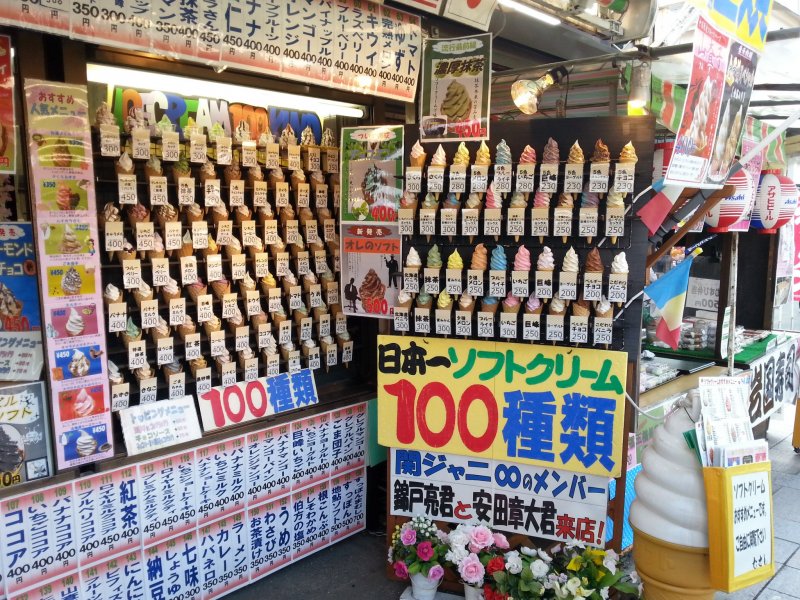
Kintai Bridge remains the most elegant bridge in Japan, hidden in the heart of the mountains, away from the big cities. Here tourists come less often, but they can find a peaceful place, full of tradition and fascinating history. If you have time, sit down and look at the bridge for a few moments. Maybe you will find that it is somehow suspended in the sky, floating on the soft pink sakura petals.
A bridge that takes you to another world.
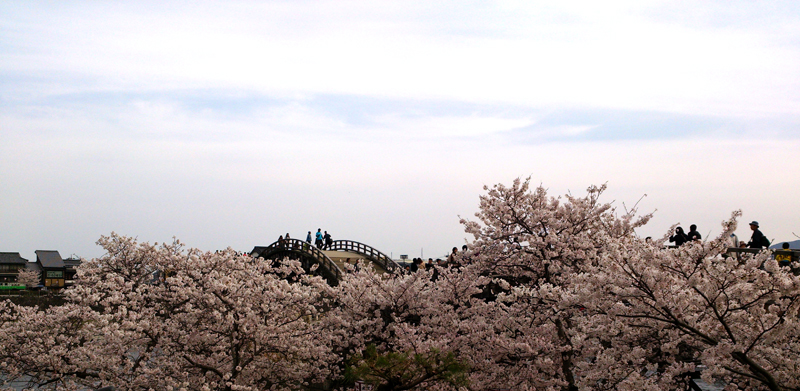
To read more about spring celebration in Japan, have a look our article about Spring celebration in a norwegian prespective
Written by Sabina Yamamoto

